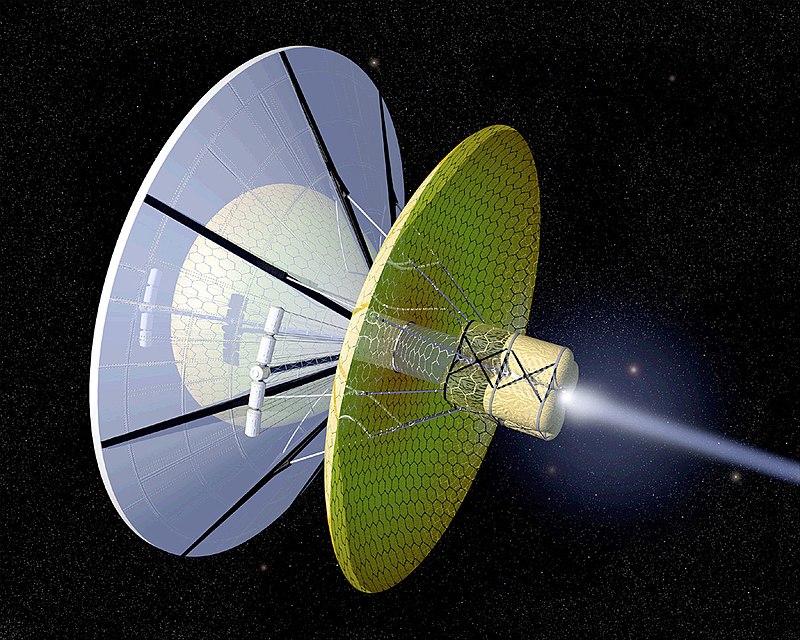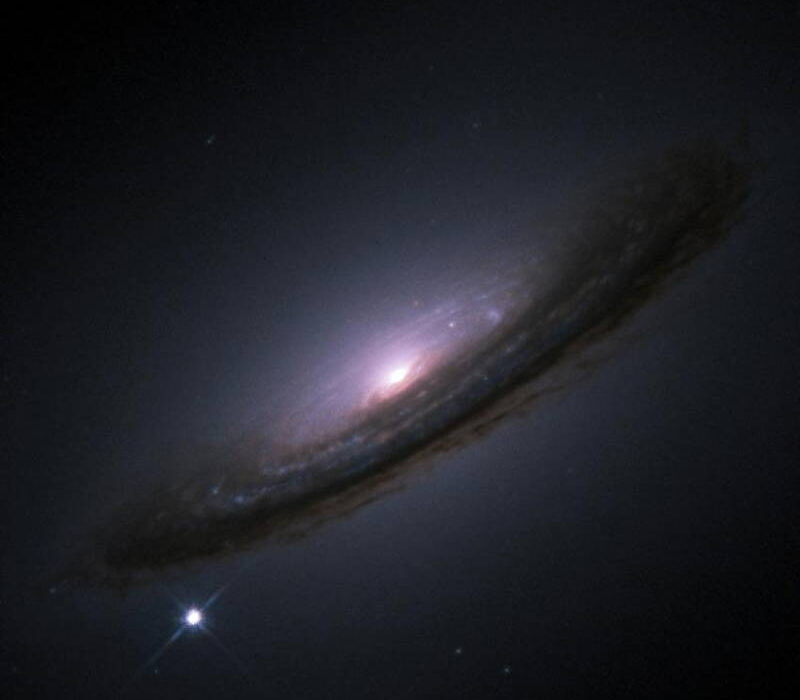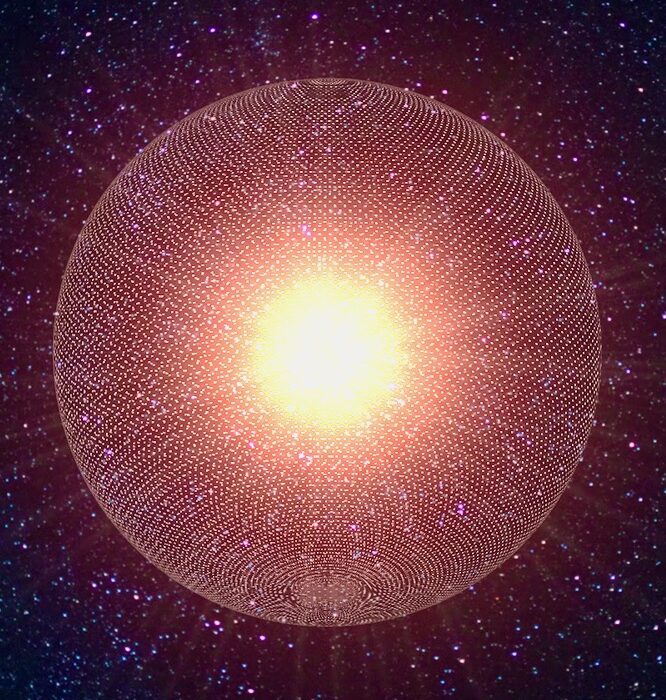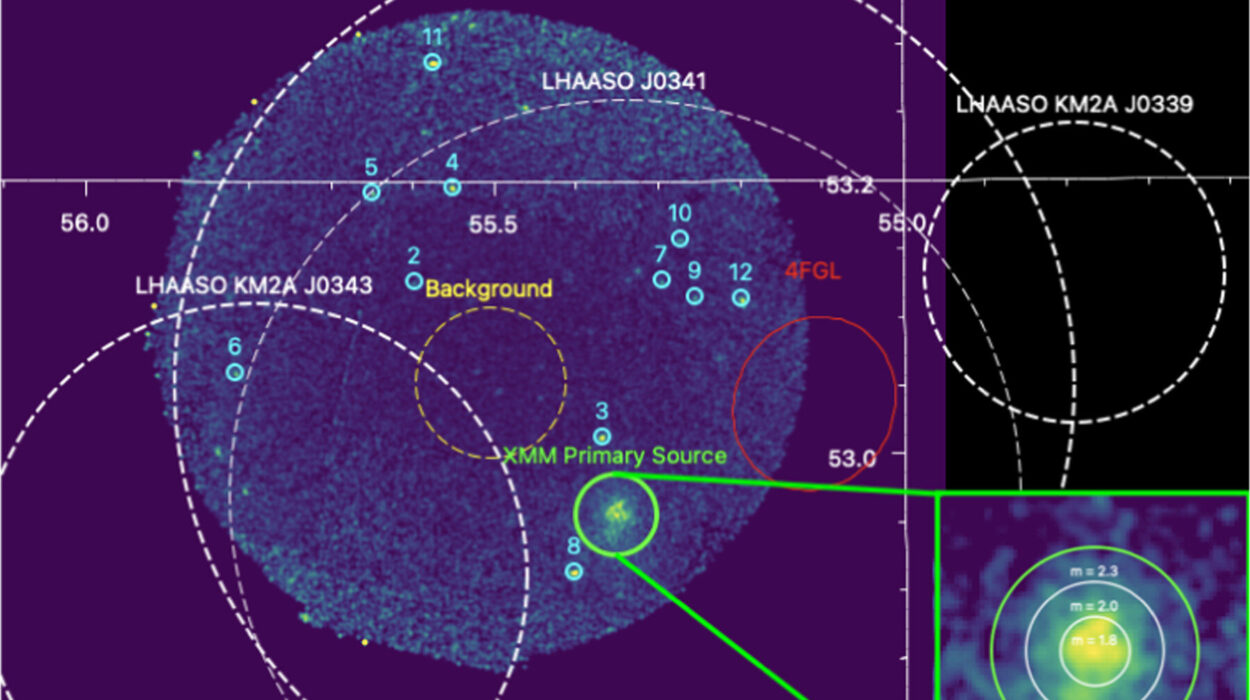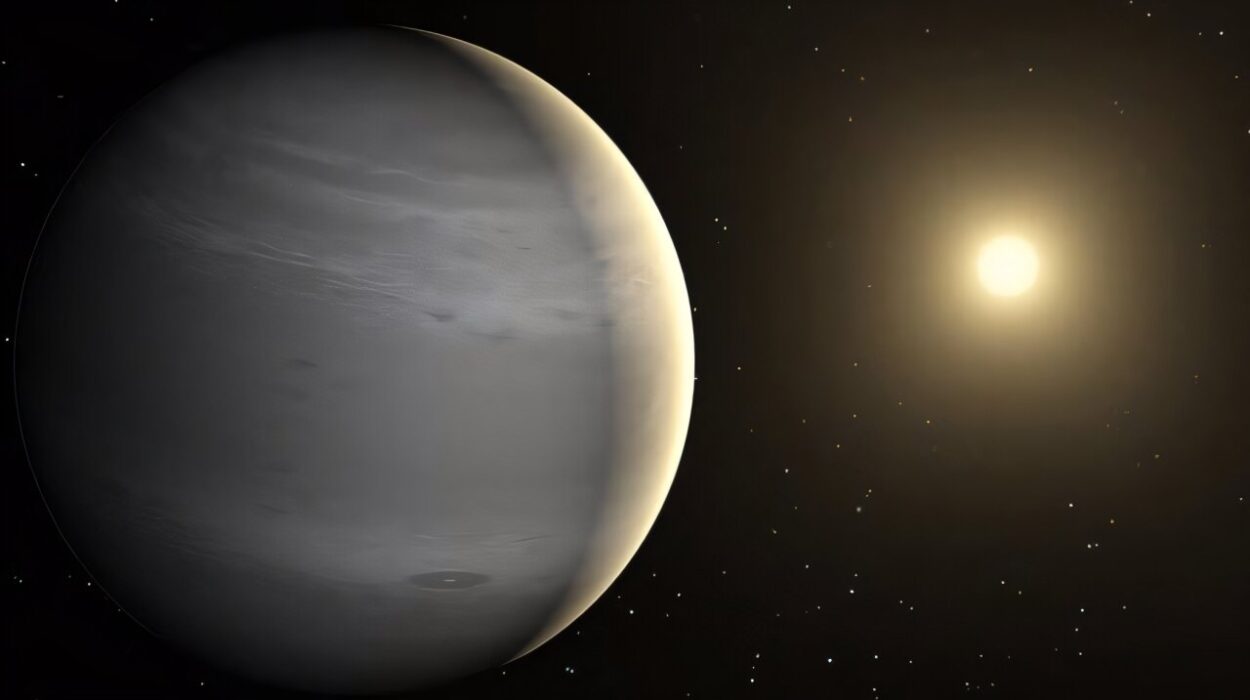“For small creatures such as we, the vastness is bearable only through love.” — Carl Sagan
The stars have always beckoned. Since the dawn of human curiosity, we’ve tilted our heads to the night sky, imagining what lies beyond our small, pale blue dot. As we have grown as a species, so has our desire to venture further. The Moon was only the beginning. Mars is already in the crosshairs. But beyond the red dust of our neighboring world lies the next, far more formidable frontier: interstellar space.
We are poised at the shoreline of an endless cosmic ocean, and the question that stirs in our collective imagination is profound: How far can we go?
The Immensity of the Challenge
Before we set our sights on the stars, we need to understand the scale of the journey we’re contemplating.
Let’s start close to home. The Moon is about 384,400 kilometers away. Apollo astronauts made that journey in about three days. Mars, depending on its position relative to Earth, is anywhere from 55 million to 400 million kilometers away. Probes like NASA’s Perseverance rover have taken around seven months to get there.
But the nearest star system, Alpha Centauri, is 4.37 light-years away. That’s over 41 trillion kilometers. Even if we managed to send a spacecraft traveling at the speed of New Horizons (which moves at a blistering 58,000 km/h), it would take over 78,000 years to get there. For comparison, that’s longer than Homo sapiens have existed as a species.
Suddenly, the reality of interstellar travel reveals itself: this isn’t a mere leap across a planetary pond—it’s a dive into the deepest, coldest ocean we’ve ever imagined.
And yet, we’re compelled. We are a curious species. We climb mountains because they are there. We cross deserts and sail oceans because they tempt us. The stars are no different.
Propulsion—The Engines of Our Dreams
So how do we overcome these mind-numbing distances? We need speed—far more speed than we’ve ever achieved before.
Chemical Rockets: The Old Workhorses
Our spacefaring efforts have, so far, been powered by chemical rockets. They have lifted us from Earth’s cradle and into orbit, and even carried humans to the Moon. But these rockets are sluggish by interstellar standards. The energy density of chemical fuels is too low, making them impractical for trips beyond the Solar System.
If we launched a probe toward Alpha Centauri using conventional rockets, it would coast through space for tens of thousands of years. That’s not an appealing proposition.
Nuclear Thermal and Nuclear Electric Propulsion
Nuclear propulsion offers a major improvement over chemical rockets. Nuclear thermal rockets (NTRs) heat a propellant like hydrogen using a nuclear reactor, producing thrust much more efficiently than chemical rockets. Nuclear electric propulsion (NEP) uses nuclear energy to generate electricity, which powers ion engines.
These technologies could, in theory, cut travel time to Mars from months to weeks. But even they fall short when applied to interstellar distances. A nuclear thermal rocket might achieve speeds up to 5% of the speed of light (0.05c) in an optimistic scenario, but that still translates into decades, if not centuries, to reach the nearest stars.
Antimatter Propulsion
Now we’re getting into the realm of serious science fiction—or cutting-edge theoretical physics. Antimatter-matter annihilation releases an astronomical amount of energy—100% mass-to-energy conversion, compared to the pitiful efficiency of chemical reactions.
An antimatter rocket could theoretically reach speeds of 50% the speed of light (0.5c), cutting the trip to Alpha Centauri down to about nine years. But antimatter isn’t easy to come by. We can make it in particle accelerators, but producing a single gram of antimatter would take billions of dollars and decades at current rates. Then there’s the challenge of storing it without it coming into contact with matter and annihilating catastrophically.
Still, antimatter propulsion represents a promising avenue for future research. If we could crack the production and containment of antimatter, we might be on the verge of something revolutionary.
Fusion Propulsion
Nuclear fusion, the process that powers the stars themselves, is another avenue being explored. Projects like Project Daedalus (1973-1978) envisioned using fusion propulsion to push a spacecraft to 12% of the speed of light (0.12c).
Fusion reactors would fuse light elements like deuterium and helium-3, releasing massive amounts of energy. Theoretical designs suggest fusion engines could send unmanned probes to nearby stars within a human lifetime.
The big hurdle? We haven’t yet built a stable, controlled fusion reactor on Earth that outputs more energy than it consumes. But progress is being made in labs worldwide, and if fusion energy becomes feasible on Earth, it could change the equation for interstellar travel.
Lightsails and Beam-Powered Propulsion
Imagine a sailboat on an ocean—but instead of wind, it uses light for propulsion.
Lightsail concepts involve huge, reflective sails pushed by light pressure, typically from powerful lasers or even sunlight itself. Breakthrough Starshot, an initiative backed by Yuri Milner and Stephen Hawking (among others), envisions sending tiny probes to Alpha Centauri using ground-based lasers to accelerate them to 20% of the speed of light (0.2c). The trip would take about 20 years.
The challenges are formidable: building an enormous, precisely aimed laser array; developing sails that can withstand intense radiation; and engineering probes tiny enough to accelerate efficiently while still capable of gathering and transmitting useful data.
But of all the concepts on the table, Starshot is one of the few with a roadmap grounded in current or near-future technology.
Sleeper Ships and Generation Ships
One way to overcome the vast distances is to accept the long travel times and build ships designed for the long haul.
Sleeper Ships (Cryogenic Suspension)
Cryogenic sleep, or suspended animation, has been a staple of science fiction for decades. The idea is simple: freeze the crew in a state of deep hibernation, minimizing life support needs and shielding them from the psychological toll of long-duration spaceflight. Once they arrive, they can be revived and begin their mission.
This concept skirts the problem of travel time by skipping over it entirely. The technology, however, is far from mature. We haven’t yet perfected long-term cryopreservation of large organisms, let alone humans. And waking up safely after decades or centuries of stasis poses additional unknowns.
Generation Ships
If we can’t freeze astronauts, maybe we build a ship that sustains a living, breathing community over generations.
A generation ship would be a self-contained world, large enough to house multiple generations of humans who would live and die onboard while their descendants carry on the mission. These ships would be massive—essentially miniature ecosystems capable of long-term sustainability. Life onboard would be shaped by the limitations of space travel, with strict population control, resource recycling, and societal management.
There are profound ethical and philosophical questions here. Would the descendants of the original crew consent to a life spent on a spaceship they didn’t choose to board? Would society remain stable over centuries of isolation? But if solved, generation ships could turn interstellar travel into a slow, patient migration rather than a sprint.
Wormholes and Warp Drives—The Dream of FTL
There’s one other option, and it’s a wild one: faster-than-light (FTL) travel.
Einstein’s theory of relativity places a hard speed limit on the universe—nothing can move faster than light in a vacuum. But clever workarounds exist in theory.
Warp Drives (The Alcubierre Drive)
In 1994, physicist Miguel Alcubierre proposed a warp drive concept that doesn’t move an object faster than light, but rather contracts space in front of a spacecraft and expands it behind. This “warp bubble” could, in theory, allow the craft to travel vast distances while remaining stationary within its bubble, bypassing the speed limit.
The problem? The Alcubierre Drive requires exotic matter with negative energy density, something we’ve never observed. And the energy requirements are colossal—initial estimates suggested it would take more energy than exists in the observable universe. Recent theoretical revisions have reduced this to the energy of a large planet, but it’s still impractical.
Wormholes
Wormholes are shortcuts through spacetime. A traversable wormhole would connect two distant points in the universe, allowing for instant travel between them. The physics of wormholes arise naturally from Einstein’s general relativity equations, but practical, stable wormholes require exotic matter and face serious stability issues.
No evidence currently suggests wormholes exist, and we have no idea how to create or stabilize one. But if we could, the stars would suddenly be within reach.
The Human Factor
Even if we solve the engineering challenges, there remains one unpredictable variable: us.
Psychology and Sociology in the Void
Space is an unforgiving environment. Isolation, confinement, and the psychological stress of knowing you’re millions or billions of kilometers from home could exact a heavy toll on astronauts. We already see the effects in long-duration stays aboard the International Space Station, and those are just months-long missions within Earth orbit.
For interstellar voyages that could last decades or generations, managing mental health and group dynamics becomes critical. How do you maintain morale when home is a distant memory and the destination is a distant hope?
Biology and Evolution
Prolonged spaceflight exposes travelers to cosmic radiation and microgravity. Radiation can damage DNA, increasing cancer risks, while microgravity leads to muscle atrophy and bone loss. Over generations, humans aboard generation ships could undergo evolutionary changes, adapting to their new environment—but potentially diverging from Earth-based humanity.
Could we remain biologically and culturally human after centuries or millennia in space? Or would we become something new?
The Cosmic Perspective—Why Go at All?
With so many obstacles, one might ask: Why bother?
The answer lies in our nature.
Survival and Insurance
Carl Sagan famously warned that keeping all of humanity’s eggs in one planetary basket was risky. An asteroid impact, nuclear war, climate catastrophe, or an unexpected pandemic could wipe out civilization. Spreading to other worlds and other stars ensures humanity’s survival.
Curiosity and Destiny
We explore because we can’t help it. Each new horizon reveals mysteries and wonders. Interstellar travel offers the promise of new worlds, new life, and the answers to some of our deepest questions: Are we alone? What lies beyond?
Our descendants may someday stand on a distant world, breathing alien air under a foreign sun, and look back toward Sol with awe. They’ll know that we took the first steps into the stars because we dreamed it was possible.
How Far Can We Go?
So, back to the question: How far can we go?
With current technology, we can send robotic probes toward nearby stars—but at a snail’s pace. Within the next century, projects like Breakthrough Starshot could deliver data from Proxima Centauri in a human lifetime. In the more distant future, fusion propulsion or antimatter drives could carry crewed missions to nearby systems.
As for true interstellar civilization? If we can master generation ships or invent warp drives, the galaxy becomes our playground. And if we crack FTL travel, the entire universe is suddenly within reach.
But one thing is certain: the first journey beyond our Solar System will be one of the most daring and profound undertakings in human history.
We have already taken the first steps. The Voyager probes are out there now, racing into the interstellar night. One carries a golden record, a message in a bottle cast into the cosmic sea.
Perhaps, one day, we will follow.
Epilogue: The Future Is Ours
The journey to the stars is a long one. It may take centuries, even millennia. But for a species that once huddled in caves and now dreams of walking on distant worlds, no distance is too great.
As long as we dare to dream, as long as we reach for the stars, interstellar travel is not a matter of if—but when.
The cosmos awaits.
